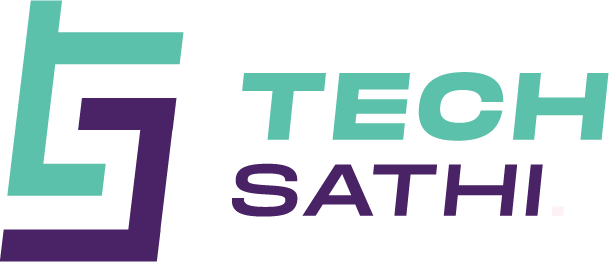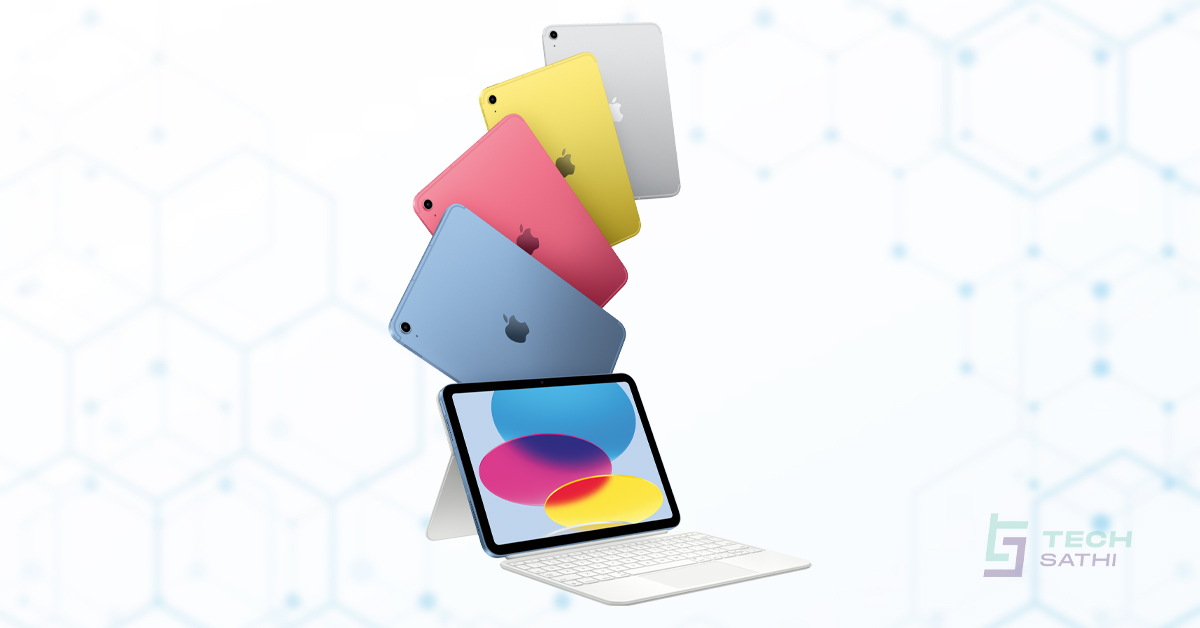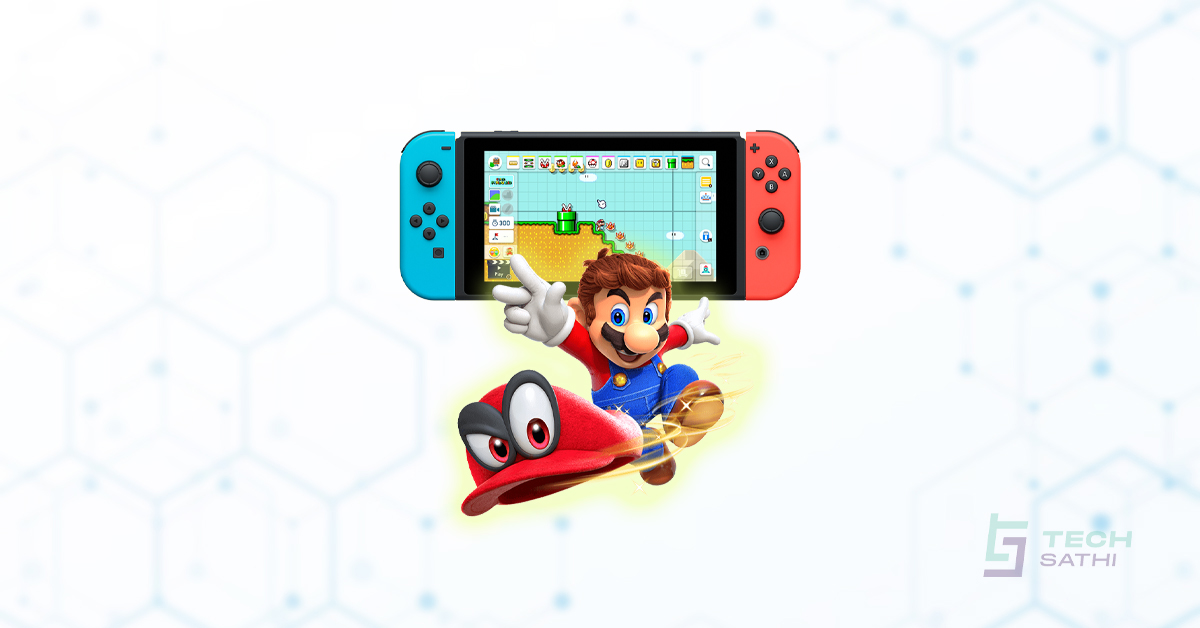Social media has become an integral part of our lives in the past two decades. Platforms like Facebook, Instagram, Twitter, and TikTok have transformed the way people communicate, interact, and share information. The rise of social media has brought people closer than ever before, connecting them across geographical and cultural boundaries.
However, social media has also faced several controversies, especially in recent years, raising concerns about data privacy, censorship, and centralization. These issues have led to a growing distrust among users towards the centralized social media giants. As a result, many users are turning to decentralized social media platforms like Mastodon and Bluesky, which offer a more open, transparent, and community-driven approach.
Decentralization as a Solution
Decentralized social media platforms aim to address the issues of centralization and control that have plagued traditional social media. They offer an alternative to the centralized model of social media, where a single entity has control over the data and content of millions of users. Decentralized platforms, on the other hand, are built on open-source protocols and are governed by a distributed network of users. This means that users have more control over their data, can choose which communities they want to join, and can contribute to the development of the platform itself.
The Benefits of Decentralized Platforms
Decentralized social media platforms offer several benefits over traditional social media. Firstly, they provide a more democratic and community-driven approach, where users can create their own communities and moderate their own content. This approach ensures that users have more control over what they see and what they share. Secondly, they prioritize user privacy and security, as data is not controlled by a single entity but is distributed across the network. This means that users can be assured that their data is not being used without their consent. Thirdly, they offer a more open and interoperable ecosystem, where users can seamlessly move between platforms without losing their data or their connections.
The Challenges Ahead
While decentralized social media platforms offer many advantages, they also face several challenges. Firstly, they lack the network effects and scale of traditional social media, which makes it harder for them to attract users and content creators. Secondly, they are vulnerable to the same issues of harassment, hate speech, and misinformation that plague traditional social media, and may struggle to moderate content effectively. Lastly, they require more technical expertise and resources to operate, which may limit their accessibility to the wider public.
To overcome these challenges, decentralized social media platforms need to focus on building strong communities and improving their user experience. They need to provide users with tools and resources to moderate content effectively and ensure that their platform is free from harassment and hate speech. They also need to make their platforms more accessible to the wider public by improving their user interface and simplifying their technical requirements.
Also Read: Breaking Free from Social Media Giants: The Rise of Mastodon
The Future of Social Media
The rise of decentralized social media platforms like Mastodon and Bluesky signals a shift towards a more open, democratic, and decentralized future for social media. As more and more users become aware of the risks and limitations of centralized social media, we may see a growing demand for decentralized platforms that prioritize user control, privacy, and community. Decentralized social media platforms offer a promising alternative to the centralized and controlled model of traditional social media.
Moreover, decentralized platforms are not limited to social media only. The concept of decentralization is gaining momentum across various industries, including finance, healthcare, and government. Decentralized platforms can potentially revolutionize these industries by creating a more transparent, secure, and efficient ecosystem.
Conclusion
The future of social media is likely to be decentralized. Decentralized social media platforms like Mastodon and Bluesky offer a more democratic and community-driven approach, prioritize user privacy and security, and offer a more open and interoperable ecosystem. While these platforms face several challenges ahead, they offer a promising alternative to the centralized and controlled model of traditional social media. As users become more aware of the risks and limitations of centralized social media, we may see a growing demand for decentralized platforms that empower users and communities. The future of social media is decentralized, and it is up to us to shape it.






